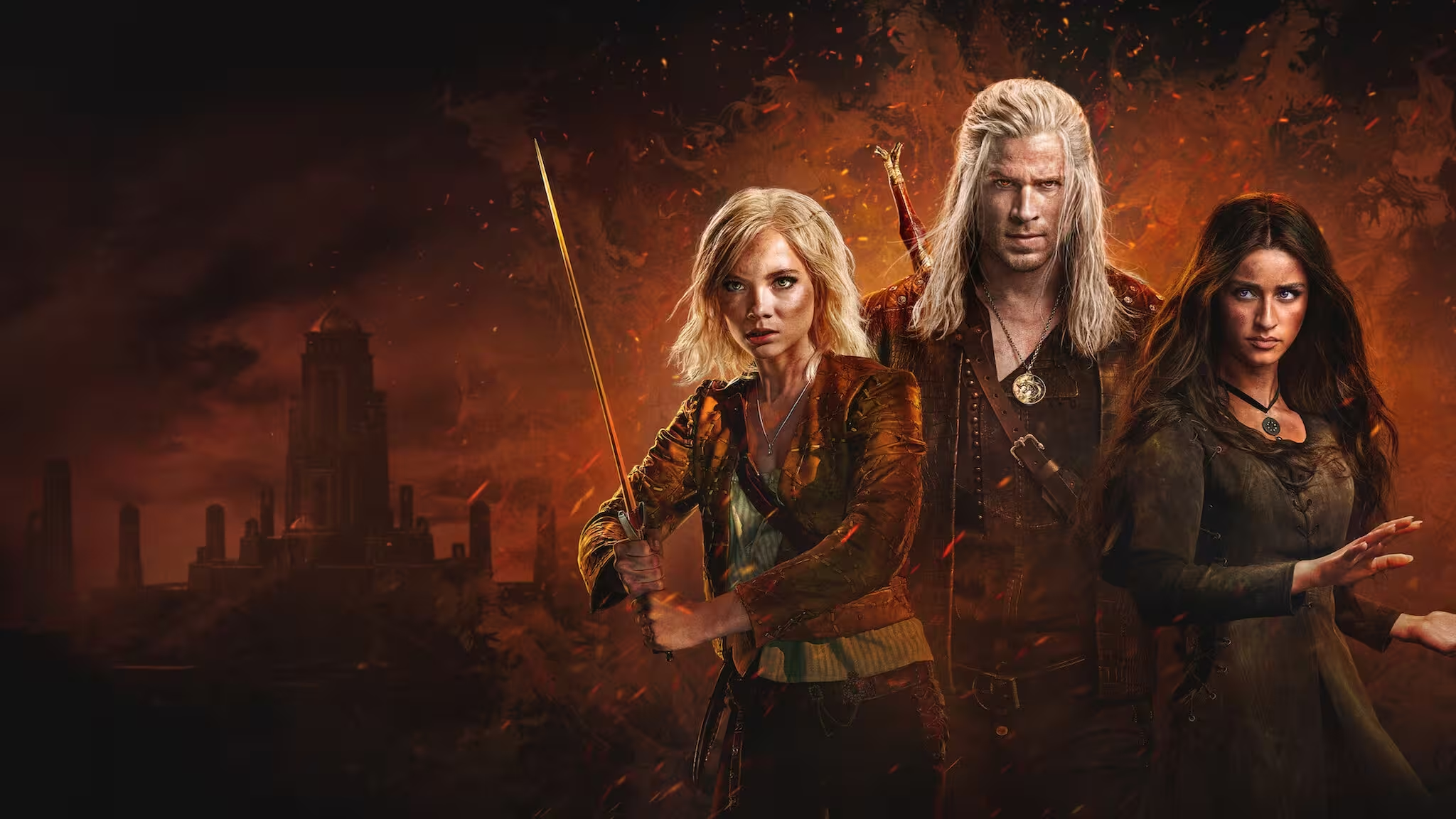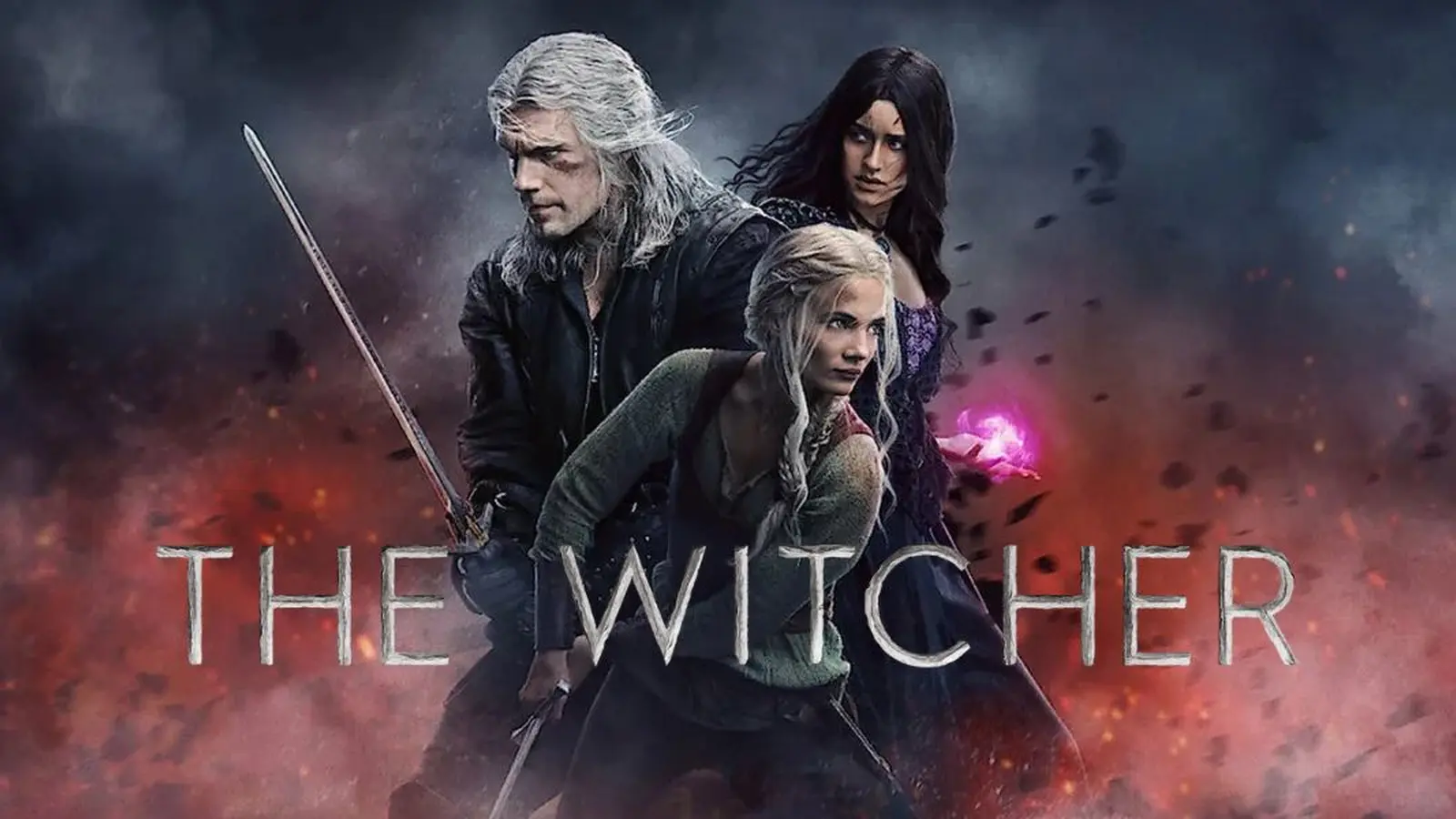5 Minutes
Why the showrunner pushed back — and what it means
When criticism swelled around Netflix’s The Witcher—most notably after the high-profile departure of Henry Cavill—the series’ showrunner stepped forward with a clear, if unapologetic, defense. Lauren Schmidt Hissrich has framed the Netflix series not as a definitive translation of Andrzej Sapkowski’s novels or CD Projekt Red’s video games, but as its own, standalone version of Geralt’s world. That distinction matters: it recalibrates expectations for longtime fans while reminding casual viewers that adaptations often have different priorities than their source material.
Hissrich acknowledges the fractured audience: readers who grew up on Sapkowski’s prose, gamers shaped by the trilogy of CD Projekt Red titles, and newcomers who discovered the Witcher through Netflix. "You have fans of the books, you have fans of the games, and then you have fans who knew nothing about this world before the show," she explained. "We can't choose only one group to satisfy — we're making a television series, and that medium requires different choices." This pragmatic view sits at the heart of many adaptation debates: fidelity versus interpretation.
Context: adaptation in the streaming era
The Witcher’s situation isn't unique. Look at other big-budget fantasy TV projects—Game of Thrones, The Lord of the Rings: The Rings of Power—where showrunners balanced epic scope with serial storytelling and a global audience. Streaming platforms increasingly commission adaptations to attract new subscribers rather than only please die-hard fans. That economic reality pushes writers and producers to reshape timelines, compress arcs, and occasionally recast lead roles to fit production windows or creative direction. The result is a living franchise across books, games, and TV rather than a single, immutable canon.

Fan reaction, critics, and the casting shift
The reaction from some corners of the fandom has been vocal and sometimes harsh: negative comments have flooded trailers and social posts, and critics have delivered mixed reviews for recent seasons. The casting change—Liam Hemsworth stepping in as Geralt—added fuel to the discussion, with fans debating both performance and continuity. Still, it’s important to note that the broader franchise continues: new Witcher novels and video games remain in development. In other words, the fate of Sapkowski’s world isn’t tied to one Netflix show’s creative choices.
Beyond social media noise, there’s an artistic argument to consider. Television as a medium favors serialized character beats and visual spectacle in a way that prose or an RPG cannot replicate exactly. Hissrich’s point—"the books still exist, nobody is erasing them; the games still exist"—is a reminder that adaptation can be additive rather than substitutive.
Comparisons and industry insight
Comparing The Witcher to other adaptations helps clarify the stakes. Game of Thrones honored George R.R. Martin’s sprawling political intrigue but took liberties in pacing and character emphasis to fit television formats, which led to its own controversies. Similarly, Netflix’s Witcher opted for narrative restructuring early on to create a dramatic throughline suitable for episodic TV. For industry watchers, this highlights a trend: streaming adaptations increasingly aim to be gateways, converting casual viewers into franchise consumers across media.
"The debate over fidelity is as old as adaptations themselves," says cinema critic Elena Voss. "What matters for a TV series is internal coherence and dramatic momentum. Fans may disagree with specific choices, but a successful adaptation can stand on its own terms while honoring its origins." Her point underscores the creative tightrope producers walk when translating beloved source material.
Trivia, reception, and what to watch next
A few behind-the-scenes notes add color: the show’s nonlinear storytelling in early seasons mirrored the novels’ episodic nature but also confused some viewers, prompting later shifts toward clearer arcs. And while Henry Cavill’s exit dominated headlines, production has made other quieter changes—costume tweaks, tonal adjustments, and a renewed focus on Geralt’s relationships—that aim to steady the series heading into season 4.
Expectations now hinge on how Liam Hemsworth interprets Geralt and whether the writers can reconcile fan concerns with the needs of serialized television. If previous genre adaptations are any guide, a reinvigorated creative approach or a standout performance can reshape public opinion.
In the end, The Witcher on Netflix is one interpretation among many. Fans will always debate which version is truest, but the multiplicity of novels, games, and TV adaptations means Sapkowski’s universe continues to thrive in diverse forms. If season 4 delivers stronger storytelling and a compelling Geralt from Hemsworth, the series could recover some of the trust it lost — or at least secure its place as a distinct chapter in an ever-expanding franchise.

Comments
Reza
is this even true? streaming math forces changes sure, but recasting Geralt midrun feels lazy. if Hemsworth delivers maybe fine, but skeptical rn
atomwave
Wow didnt expect Hissrich to be that blunt. I get making a standalone show, but fans arent wrong to care about continuity, lore matters. curious about Hemsworth tho...


Leave a Comment